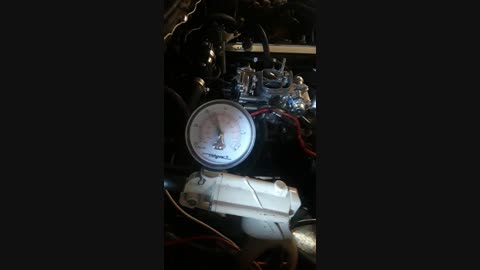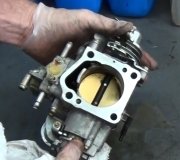(bored 20 over, crank was turned, correct bearings, all oil clearances were well in spec)
After getting it all put together and in the truck I got it running, set timing to 1 BTC (that's where it performs the best) it's got 72 psi oil pressure cold, 35 warm, all cylinders have exactly 182 psi of compression, its pulling 21 inches of vacuum, no vacuum leaks of any kind, and the choke functions properly.
When warm the idle rpm is about 900, if I get it any lower the engine surges and misses, I've tried adjusting the idle mixture screw with barely any change. The carburetor sight glass is showing fuel almost all the way up. Upon quick bursts of acceleration it has a bit of lag, then runs like a dream. When the throttle is released it will attempt to die for a few seconds, backfire once, and then bring itself back up. And no adjustment of the idle screw, mixture screw, or timing seems to make any significant improvements.
Any ideas as to what it could be?
Friday, June 21st, 2019 AT 8:51 PM




